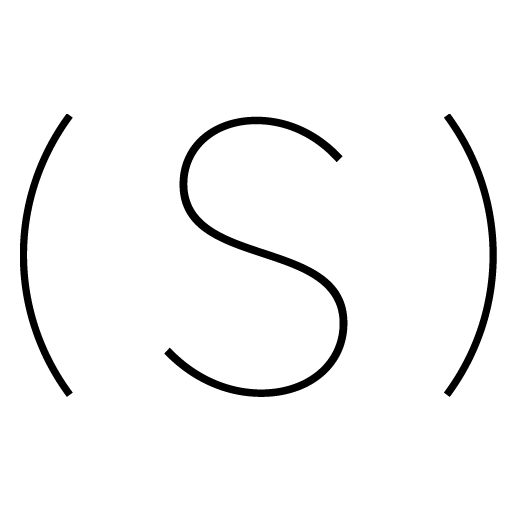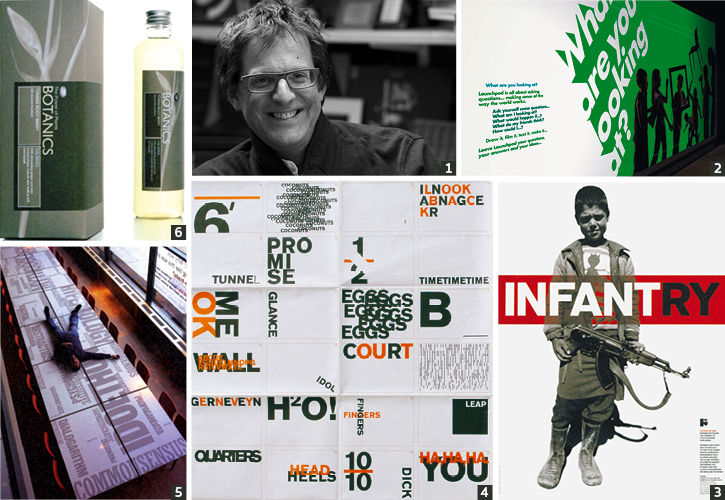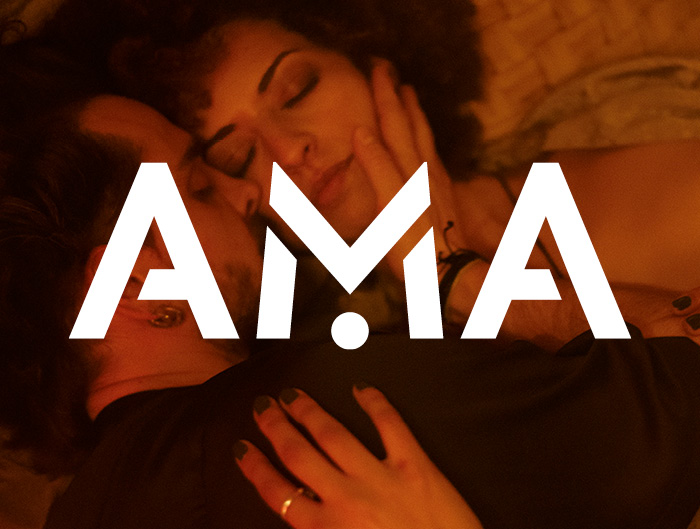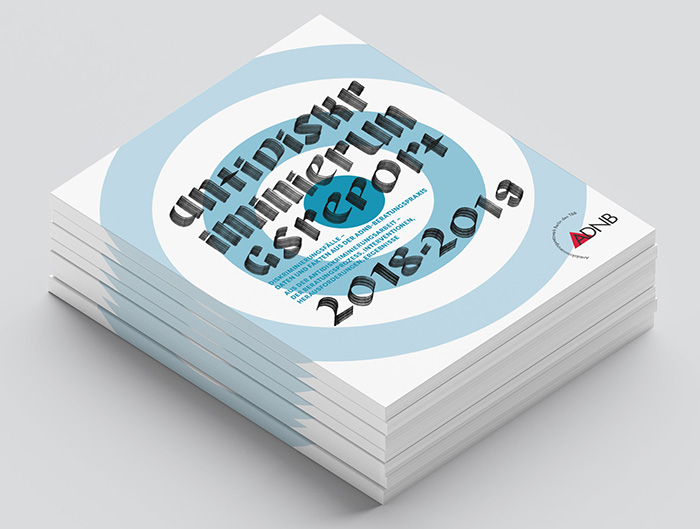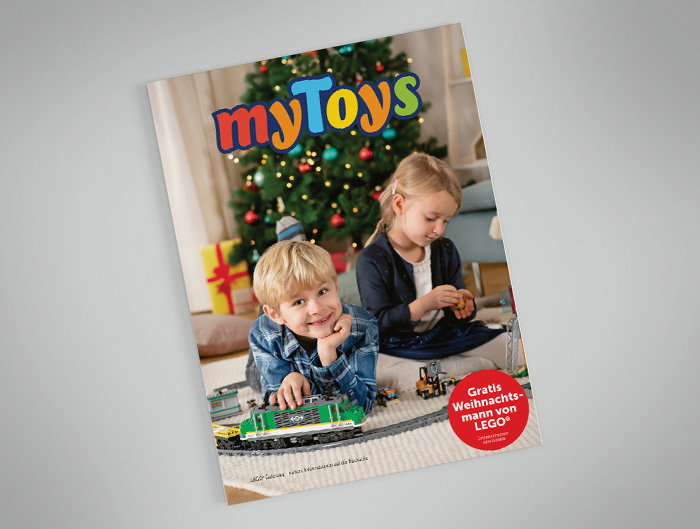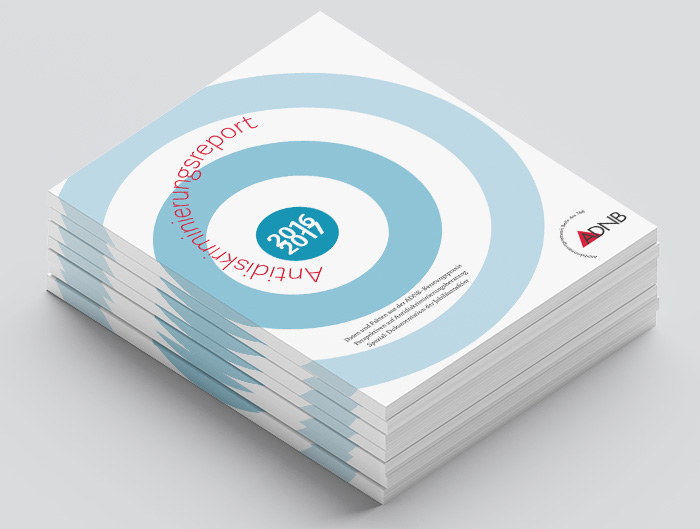Interview with Harry Pearce
At 9 am I’m the first one in the house with the cleaner. A few minutes later Harry Pearce arrives who apologizes for having been stucked in a traffic jam. Normally he starts before the others when it’s calm, he says. We go in a small conference room where well-known logos designed by Pentagram are hanging on the wall.
The house is very impressive.
HARRY PEARCE: Yes. You can feel the spirit of the ancestors like Alan Fletcher. I feel obliged to keep the heritage as good as I can and that’s a pleasure.
I show him the reader, a collection of british graphic design divided in the following parts: handmade, illustrative, conceptual, work which have all these characteristics, then humor and design history.
HP: I think of Vince [Frost] as a true english designer. very much so.
What images or which designers come to your mind if you think of british design?
HP: If I close my eyes and think of english designers: When I started in my career I would say serif type centered with a little kind of witty idea in it like The Partners what I wouldn’t say is good. It’s just a feeling that I have about it. Like from the 1970s/80s, but that’s just a terrible cliché.
I discovered, it’s much Egyptienne used and bold
HP: Yes.
And which designers do you think of?
HP: Derek Birdsall, John McConnell, David Hillman, John Gorham – he is dead now, but he was very much kind of english designer. David Hillman retired last year.
About letterpress and taught in universities: Do you think that’s a point or just a fashion thing?
HP: If you think of letterpress, it just comes and goes and comes and goes, there’s a handmade type in the States, if you look at it in the last ten years, kind of handwritten type everywhere. it steps out of the foreshore. I just used it. everyone can doing it. All the things just come and go. So it’s kind of fahion, but I think making things english is kind of craft based culture. There’s lot of handmade stuff, always have been. It is both fashion and it is because of our craft culture, we grew up on the craft movement.
I thought about the shops, the signs on the shops are still handmade
HP: Yeah, yeah.
What influence, do you think have American and Swiss Design on British Design?
HP: What I can say for me, a lot of my work got lot more swiss like Weingart, people like that. My type is formed by Swiss more than English. So for me it’s a huge influence.
You know Domenic [Lippa], I used to work with him years ago as a partner. Dom’s father is American and Dom has a lot influence in his work. So for me, english design … people settled during the centuries, influence is coming from all of the world. It’s a real rich stew of Swiss and American, all source in it.
I saw a book with the work of Karl Gerstner whose type literally expresses, illustrates the message.
I show him work in the read that reminds me of those.
HP:See, you could say that’s very british in many ways, but he spends a lot of time in Germany… Amsterdam’s designers UNA work here in the UK. So it’s kind of cross-over. They make fantastic stuff. It’s all cross-over.
Do you think that british graphic design has some influence on other countries in a certain way?
HP: Recently, I saw a book about awarded graphic design from Spain. It was like a repetition of british graphic design from the past ten years. I hope that british design has as much influence as it has on itself. Everything should be a mixture of cultures etc.. It’s interesting to see designers like Luke Hayman who move slightly between english as US design.
In what way is the visual language in Britain characterized by the cultural background?
HP: Well, it’s flooded with eclectic influences. It has always been an island on which the whole world flocked and you can see it through the eras. The more time passes, the richer becomes the stew. That’s fantastic to see! The idea is king over all styles in Great Britain. Thankfully both go together. An example: [Peter] Saville’s work has influences from all over the world, a delicate mixture from many cultures.
Do you think it’s possible to put british design in categories?
HP: I would do it in eras. I wrote some notes for you.
He gives me his notes from the 1960s till today. We run through his list.
About Pentagram, do you think the spirit of the founders can still be found here?
HP: The building hasn’t changed. We don’t want to change it. The spirit is still here, absolutely. I was good friend with Alan Fletcher. Alan’s work is of a timeless quality. It’s full of wonderful ideas and ideas last forever. Fashion doesn’t. I feel kind of duty to carry on, pursuit his excellence.
It’s a kind of journey, also with the building, to leave it for the next generation.
Since when are you here?
HP: Two and a half years now. I kind of settled in only just, I am a new boy.
Every partner of Pentagram has a book with his own stuff.
He gives me one of his and we have a look.
To talk about your conundrums: Do you think the conundrums (see book by Harry Pearce) are british somehow? It’s your private joy…
HP: Yeah, they are puns I played for a long time. It came through poster works, a little bit of fun, ten years ago. There was lots of interest. Alan Fletcher loved it and he was going to make a book out of them, but then when he died I lost interest. I did Pentagram christmas card last year which has some of those in there plus other things. I’ll get you one. And then Saks Fifth Avenue sold the Christmas card and wanted another hundred of those which go as a catalogue for christmas. And now Harper Collins in America designed a book with them. It’ll be launched soon.
The conundrums, the way they are put together, remind me of Vince’s former website.
HP: That was long before Vince’s website. Your question if they were english…
Yes, how would you feel about someone saying that this art work is very british – would you feel insulted in a way or would it be a compliment for you?
HP: Maybe you know when I grew up, there were big comedians at that time like Edward Lear, Spike Milligan, Peter Cook, Goons and Monty Python. All in the 1970th when I grew up. When I was a teenager it was a big thing. I was full of DADA, surrelism, nonsense, crazy. That is nonsense. It mediates from words. It’s just fun. I’m happy that it is actually english. Images as words and the other way round. It’s an own impulse.
The English language in particular, has been toyed with and it was manipulates. I don’t see that in other languages. It’s created on many places like now street language, it is English, but urban black cultural like – it’s like an own language. It’s growing, enriching, they get very posh, very rough, like east end London slang.
As far as the visual language of the conundrum is concerned, there is nothing archetypal british.
In Germany, we might question it and wondering what’s the sense.
HP: That’s it: nonesense. It’s great pleasure.
Where do you see your design roots concerning?
HP: My origins are mixed; a deep typographical backbone, the love for Swiss School: Jan Tschichold, Alexey Brodovitch, DADA, Surrealismus, the USA definitely.
I don’t think that I looked at the british school, except Fletcher and John McConnell who were both; friend and mentor.
Do you think that the credit crunch has some impact on the work?
HP: Yes, people are losing their jobs. But we won’t know till you look back after. I’m sure about that.
You did a lot of social work as well.
HP: Yes, a lot. With Peter Gabriel on witness (organisation who helps to protect and defend human rights, visuelle identity by Pentagram).. It’s a big part of my life. I do a lot of international work, e.g. for witness in New York.
Actually I live a creative life. It’s such a privilege to make a living out of being creative all the time. And to have that privilege you owe it to your culture to elevate your culture. As a graphic designer to let any creativity prosper. It’s my world, everything you do counts. It’s vital to care.
After Harry Pearce, I interviewed also partner Angus Hyland.
“British graphic design is like a rich stew.”
Harry Pearce, partner at Pentagram, London
• • •
about Harry Pearce
Harry Pearce was born in 1960 and studied at Canterbury College of Art. He co-founded Lippa Pearce Design in 1990.
Harry is dedicated to supporting human rights.
He has won many national and international design awards and was one of a few graphic designers chosen to exhibit in a show of excellence in New York to celebrate British design. His work was exhibited at the 50th anniversary exhibition of the Alliance Graphique Internationale (AGI) Paris, of which he is also a member.
In 2006 he joined Pentagram’s London office as Partner.
• • •
images
1) Harry Pearce
2) Identity / signage for Launchpad, London Science Museum, 2008
3) Poster from the series “Children at War” for Witness, 2001
4) Poster, typographic “conundrums”, 2001
5) Design of Dana Centre for London Science Museum, approx. 2003
6) Identity / packaging for The Boots Company, 2002
Pentagram www.pentagram.com
